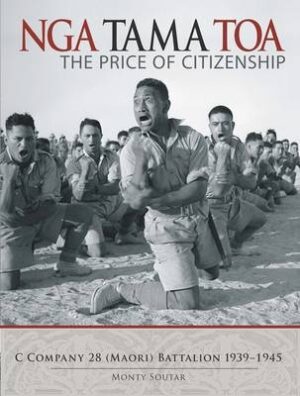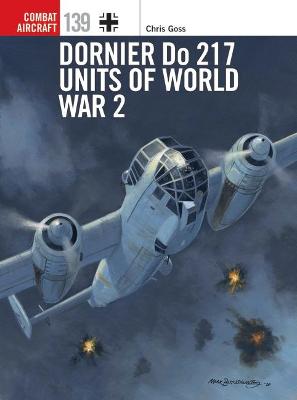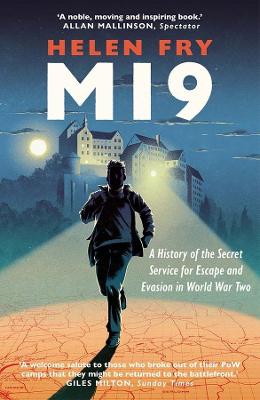This book focuses on the extent to which the physical terrain features across Egypt, Libya and Tunisia affected British operations throughout the campaign in North Africa during the Second World War. One main theme of the work analyses the terrain from the operational and tactical perspective and argues that the landscape features heavily influenced British operations and should now be considered alongside other standard military factors. The work differs from previous studies in that it considers these additional factors for the entire campaign until the Axis surrender in May 1943. Until now it has been widely assumed that much of the Western Desert coastal plateau was a broadly level, open region in which mobile armored operations were paramount. However this work concentrates on the British operations to show they were driven by the need to capture and hold key features across each successive battlefield. At the operational level planning was led by the need to hold key ground across Libya and especially the province of Cyrenaica during the crucial middle period of the campaign. A secondary theme of the work argues that British forces began to improvise certain tactical doctrines, which altered the early practice of combined arms assaults into one of the Infantry and Armored formations fighting largely separated battles until the autumn of 1942. Other developments in doctrine which were affected by the terrain included the practice of unit dispersal to hold key ground and the use of temporary units such as Jock columns to harass and engage the enemy. The two themes are inter-linked and contribute fresh insights to the debate on British methods of warfare. The author has consulted key primary documents, reports, war diaries and published memoirs, from major UK archives and compared these with the campaign historiography to develop the main themes of the work. These include the National Archives, the Churchill Archives Centre, the Liddell-Hart Centre for Military History, the National Army Museum, John Rylands Centre, Imperial War Museum at London and Duxford and London and the Tank Museum Archives at Bovington. The sources include unit war diaries, after action reports, along with many of the key published and some unpublished memoirs. His text is supported by 24 pages of specially-commissioned colour maps. 12 b/w photos, 24 colour maps
Format: Paperback
Pages: 216
Imprint: Helion & Company
Publication date: 27/01/2023
Series: Wolverhampton Military Studies




SCORPIO BOOKS
Five Lanes, The BNZ Centre
120 Hereford Street
Christchurch Central City
Ph: (03) 379 2882
TELLING TALES
Five Lanes, The BNZ Centre
101-111 Cashel St
Christchurch Central City
Ph: (03) 741 3309
FREE NZ SHIPPING FOR ORDERS OVER $100